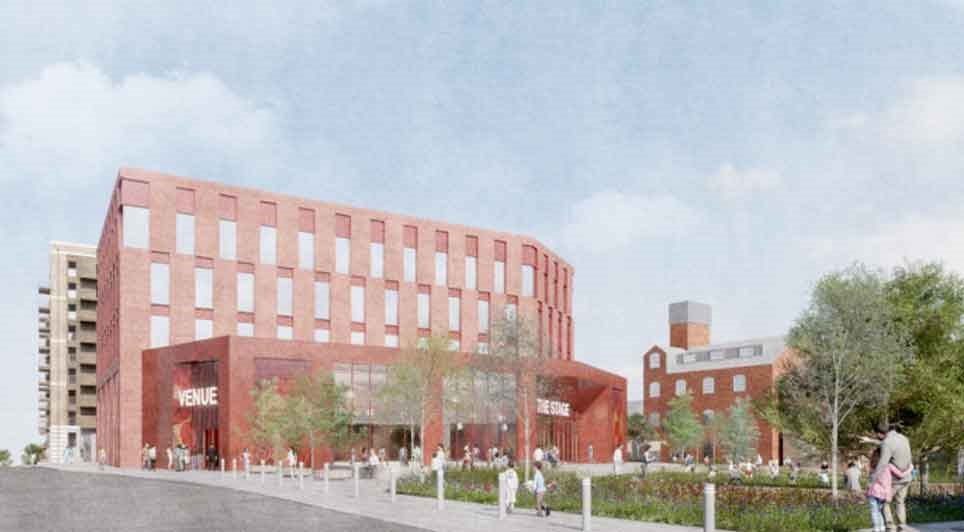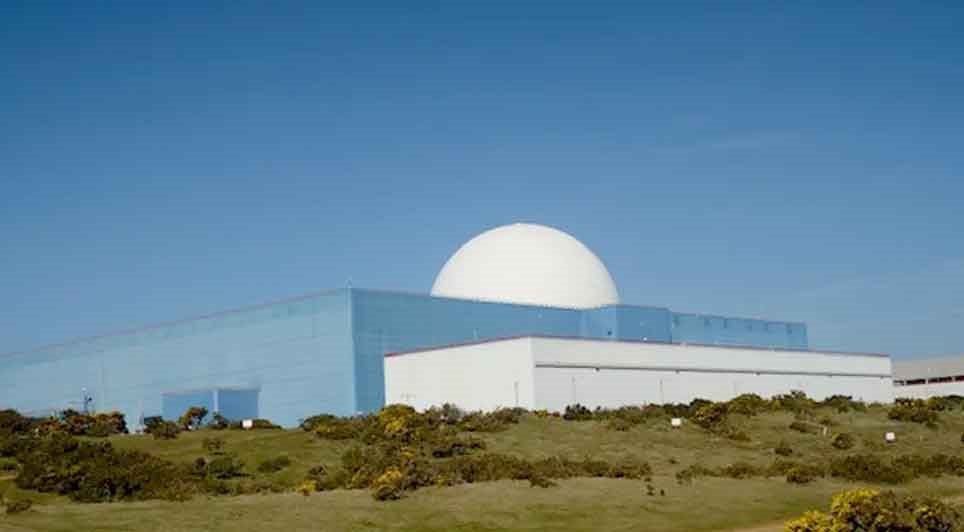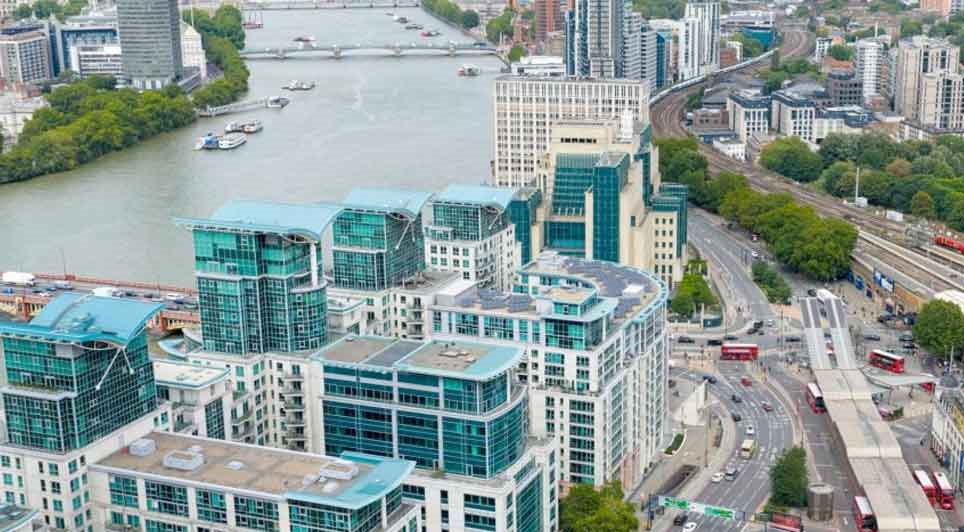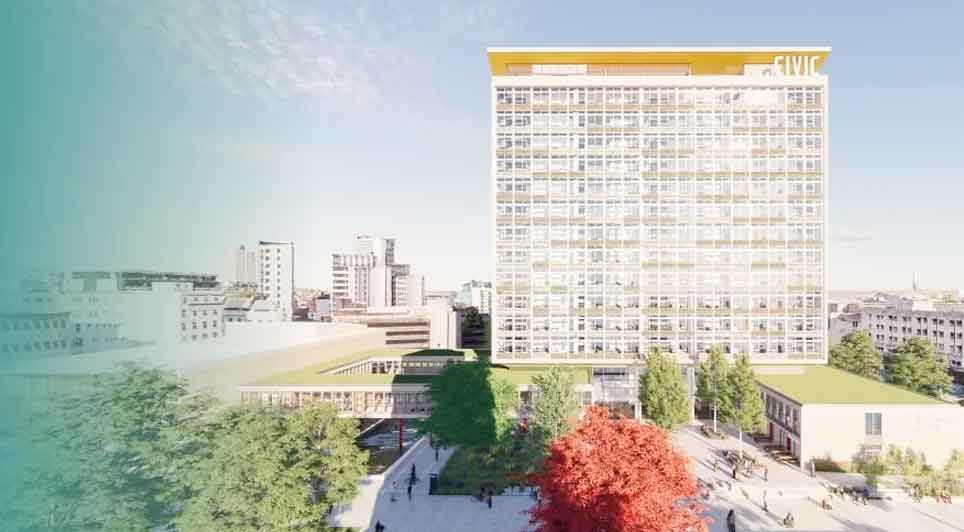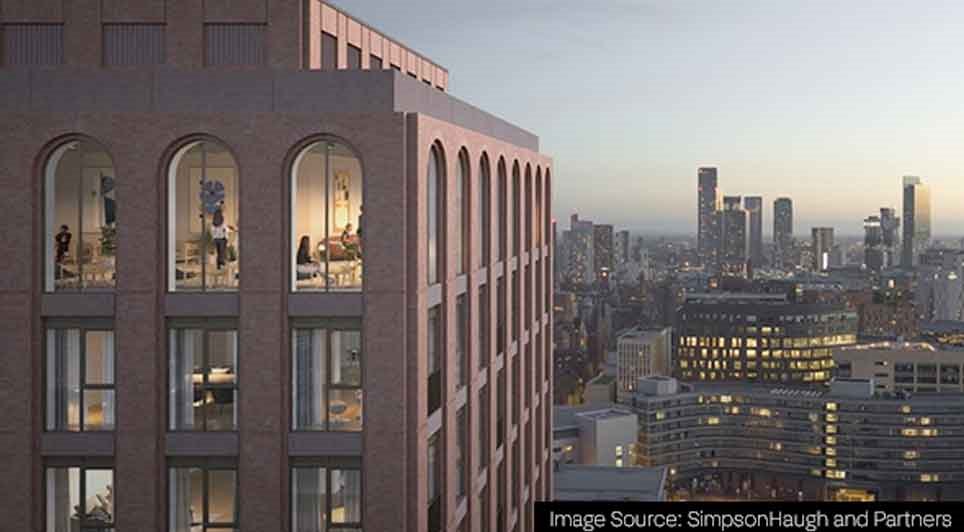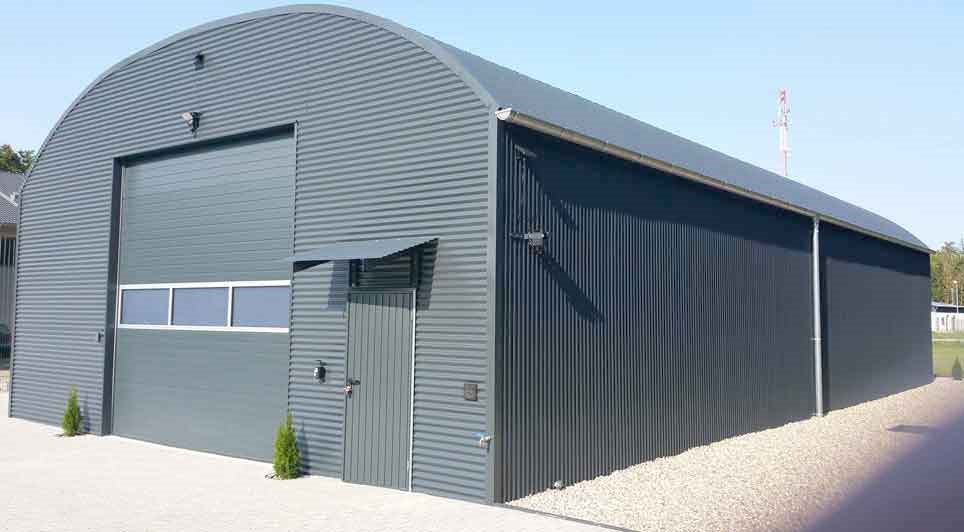Large public buildings across England and Wales will soon have to display information on their energy efficiency to all visitors.
Buildings affected include many of the nation's iconic structures, such as the British Museum, Great Ormond Street Hospital, and town halls across the country.
The Awarding Body for the Built Environment (ABBE) Chief Executive Roger Bishop said: "Display Energy Certificates will need to be in place for many large public buildings by 1st October 2008.
"Each certificate will allow visitors to see at a glance how efficient the building is, including its carbon emissions. Over time this will enable the building's management to monitor and make improvements to its rating, which can help to bring down energy costs during the building's life and minimise its impact on the environment."
Managers of publicly owned, publicly accessed buildings will need to start collecting data now in order to produce the Display Energy Certificates (DECs), which are required under the implementation of the Energy Performance of Buildings Directive (EPBD). Buildings which fail to produce the certificate could face a fine when new legislation comes into effect in October.
The changes mean that any public building with a floor space of over 1,000 square metres will require the certificate, which should be displayed in a prominent place to visitors. The Display Energy Certificate will also have an accompanying advisory report which will show how energy savings can be made.
Around 40,000 large buildings across the UK will be affected under the new rules, including many universities, schools and local government offices. The certificates must be prepared by an appropriately qualified energy assessor.
(CD/JM)
 UK
UK Ireland
Ireland Scotland
Scotland London
London



